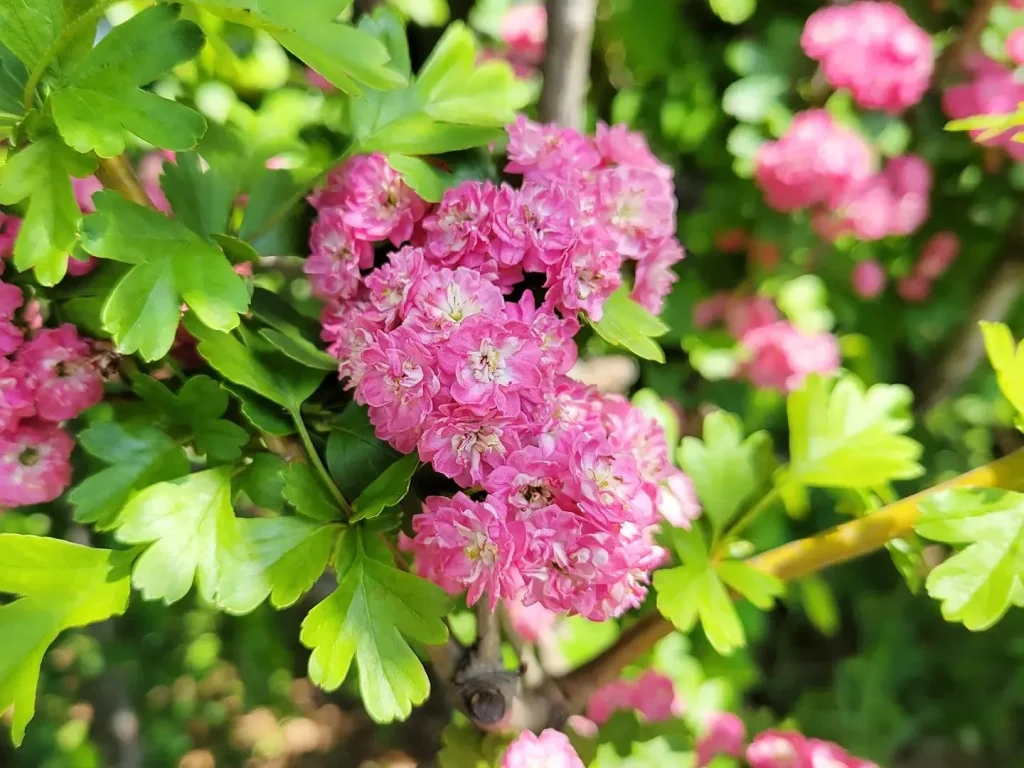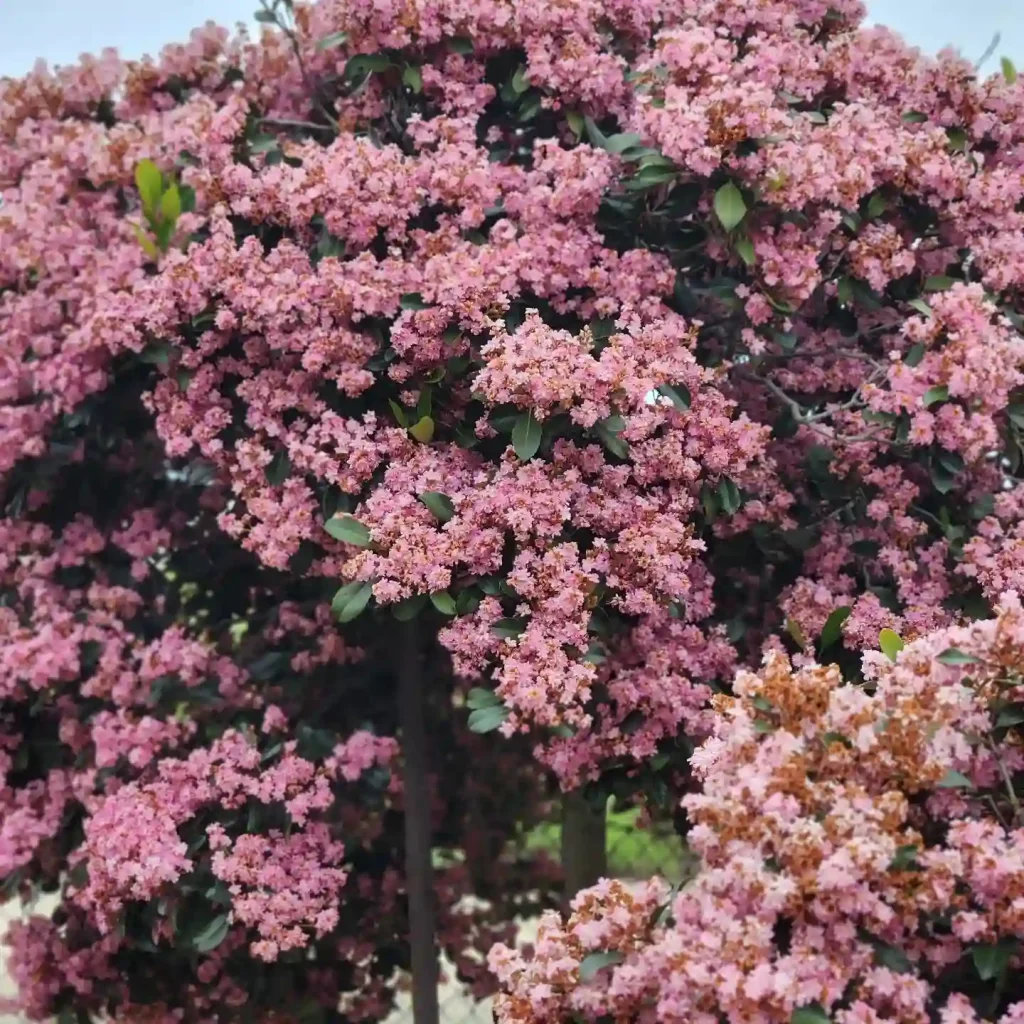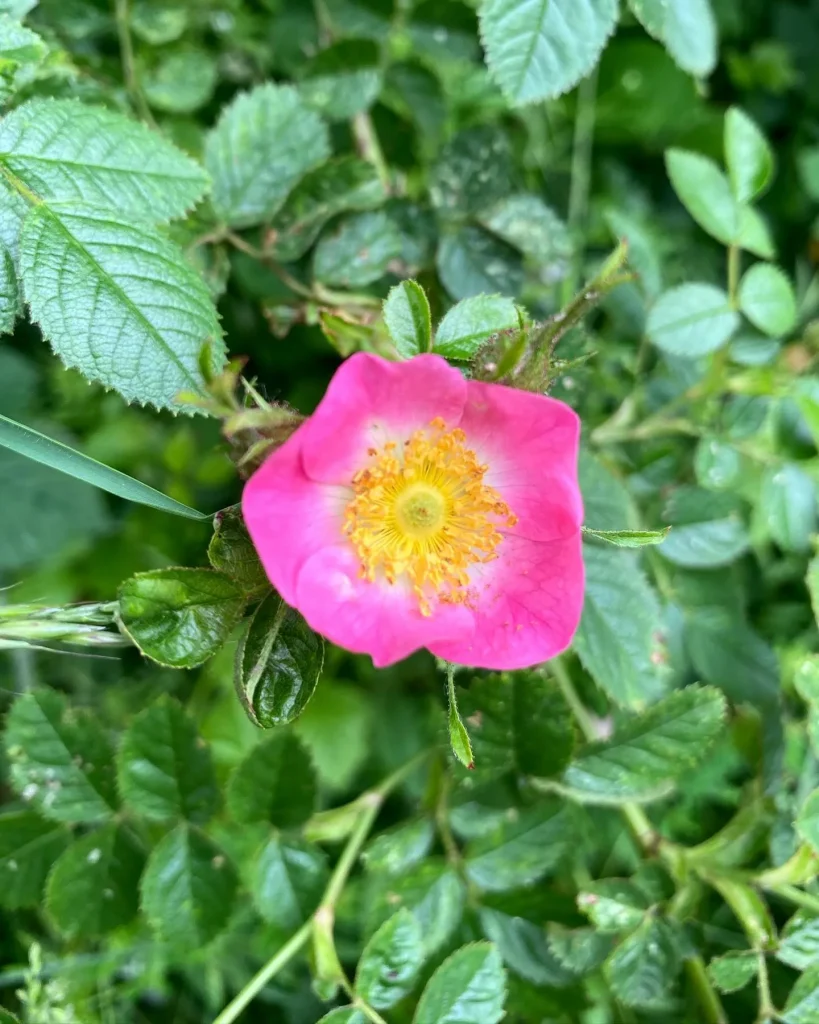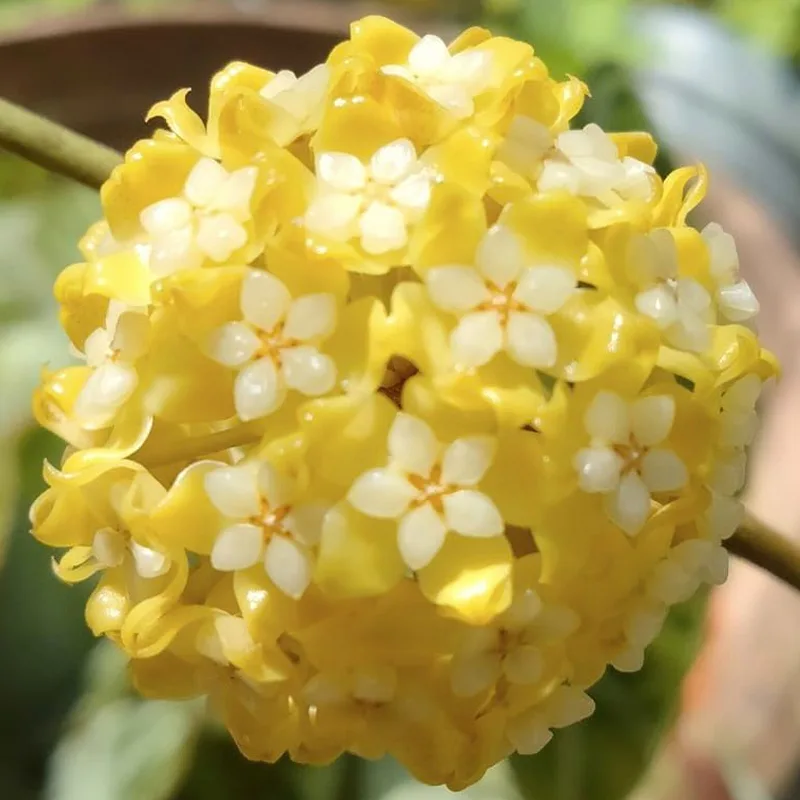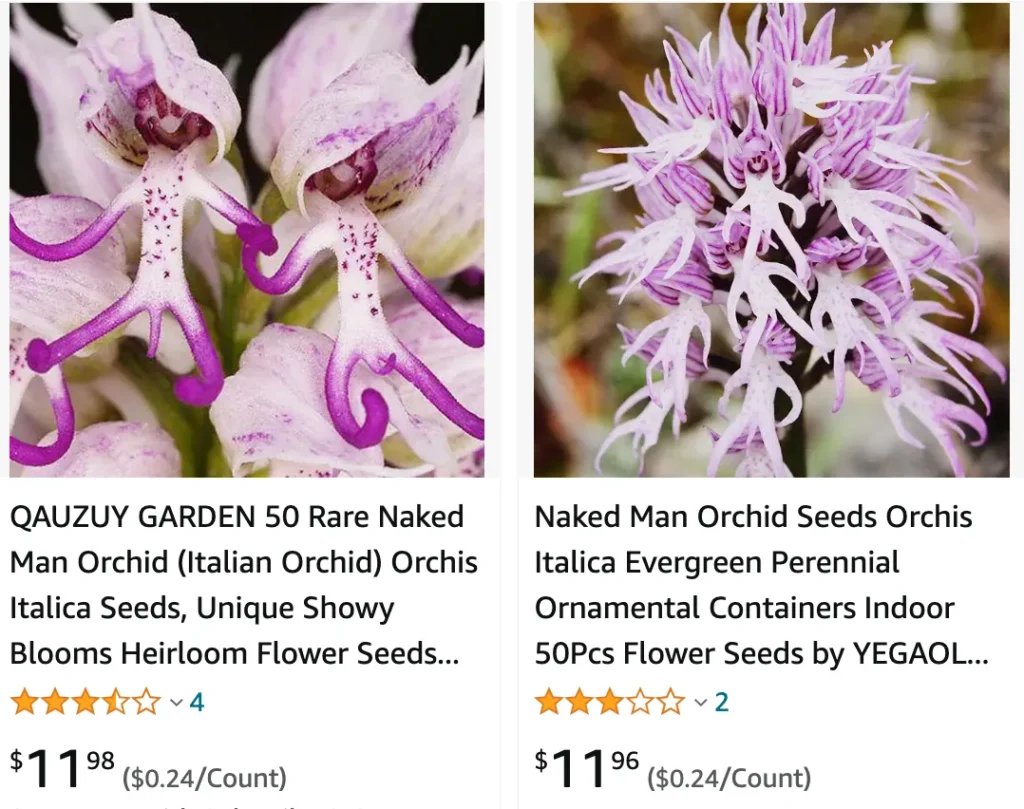
Where to buy Orchis Italica?
I found Orchis Italica, also known as the naked man orchid, at a local specialty nursery that focuses on exotic and rare plants. It was quite the adventure, actually. I had been searching online for weeks, and most places were either out of stock or didn’t ship to my area. I finally stumbled upon this quaint nursery while exploring a neighboring town, and they had a small section dedicated to orchids. It was a bit pricey, but seeing those unique blooms in person made it totally worth it.
60 Species in Genus Orchis
How to grow Orchis Italica?
Orchis Italica can be a bit tricky to cultivate, especially compared to most houseplants. Here’s why:
Seed Dependence: Unlike many plants, Orchis Italica relies on a symbiotic relationship with specific mycorrhizal fungi to germinate and thrive. These fungi help the orchid access nutrients from the soil. Unfortunately, replicating this specific fungal relationship in a controlled setting is difficult.
Difficult Seed Germination: Even if you acquire Orchis Italica seeds, germination rates are very low. Orchid seeds are tiny and lack the resources to sprout independently.
Not Recommended for Beginners: Due to these challenges, growing Orchis Italica from seed is generally not recommended for beginners.
Alternative Options:
- Purchase Established Plants: If you’re set on having an Orchis Italica, consider purchasing a mature, established plant from a reputable nursery specializing in orchids or wildflowers. This is the most reliable way to have one in your garden.
Here’s what to consider if you do find an established Orchis Italica:
- Climate: These orchids prefer cool, moist climates with well-drained soil. They may not tolerate hot or dry summers.
- Light: They need partial shade to full shade. Avoid harsh afternoon sun.
- Soil: Well-drained, slightly alkaline to neutral soil is ideal. You can use a mix of loam, sand, and some crushed limestone to achieve the right drainage and alkalinity.
- Watering: Water regularly during the growing season (spring and fall) to keep the soil moist but not soggy. Reduce watering in winter when the plant goes dormant.
- Fertilizer: Fertilizing is not necessary for established plants.
- Winter Care: Protect the plant from harsh winter freezes by covering it with mulch.
- Observe in the Wild: If you’re lucky enough to find Orchis Italica growing naturally in your area, you can appreciate its beauty in its natural habitat. However, be mindful of any local regulations regarding disturbing or collecting wildflowers.
Are Orchis Italica man-made?
I was curious whether Orchis Italica were man-made or naturally occurring, and after some research, I found out they are indeed natural. This orchid species is native to the Mediterranean region, and its unique appearance has evolved over time without human intervention. It’s amazing to think about the diversity of nature and how such intricate and whimsical forms can develop on their own.
How to plant Orchis Italica seeds?
Planting Orchis Italica seeds was a bit tricky at first. The seeds are incredibly tiny and need specific conditions to germinate. I read that they require a symbiotic relationship with a particular type of fungus to grow. So, I decided to try a method I found online: sowing the seeds on a moist, sterile medium and keeping them in a humid environment. Patience was key, as it took several weeks for the tiny seedlings to appear. But seeing those first sprouts felt like a major accomplishment.
Where does Orchis Italica grow?
Orchis Italica typically grows in the wild across the Mediterranean region. They can be found in countries like Italy, Greece, and Turkey, often in grassy meadows and open woodlands. I imagine it must be stunning to see them in their natural habitat, especially during the blooming season when their quirky flowers stand out. I haven’t traveled to see them in the wild yet, but it’s definitely on my bucket list. For now, I’m content with cultivating a little piece of the Mediterranean in my own garden.
If i die, water my plants!
